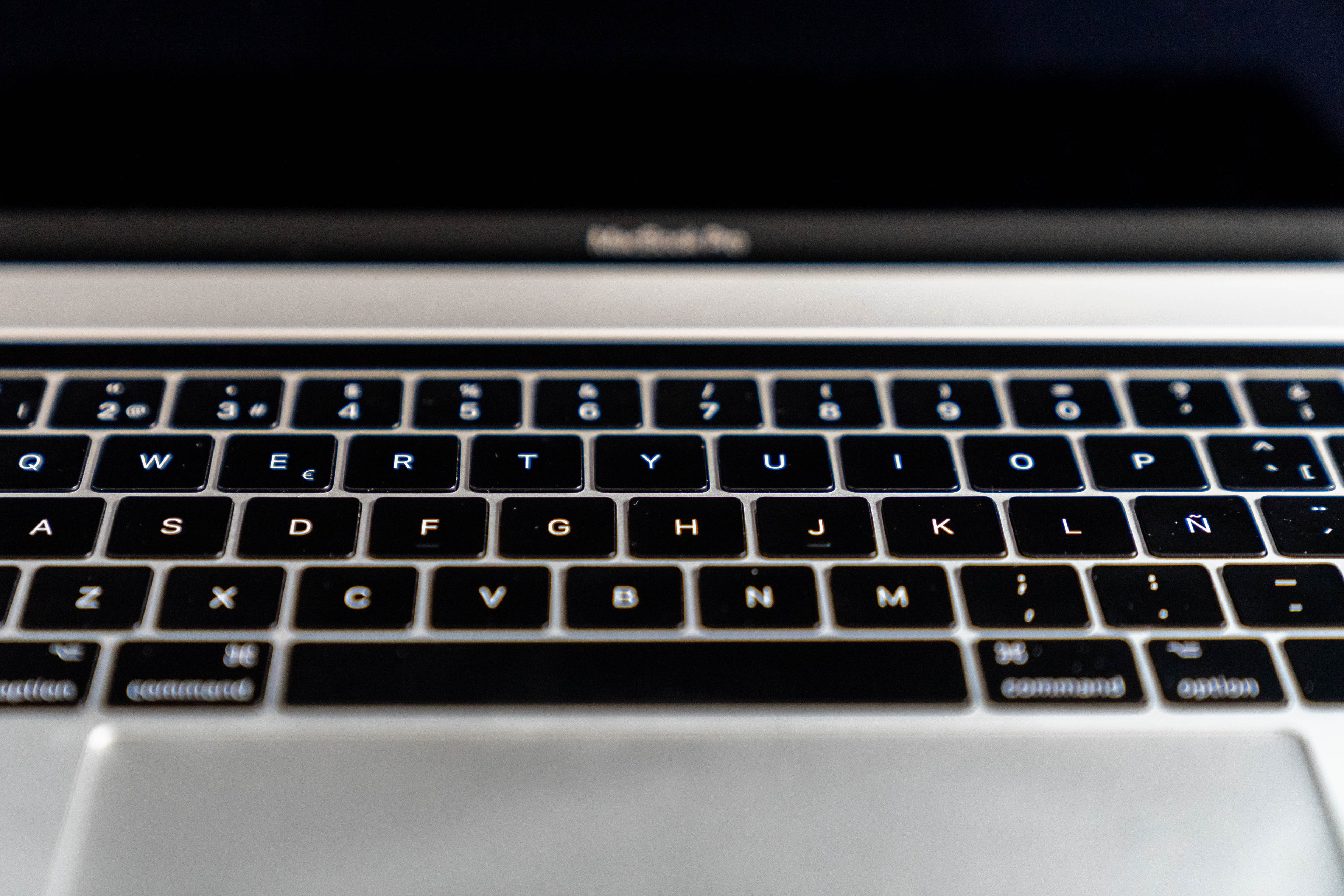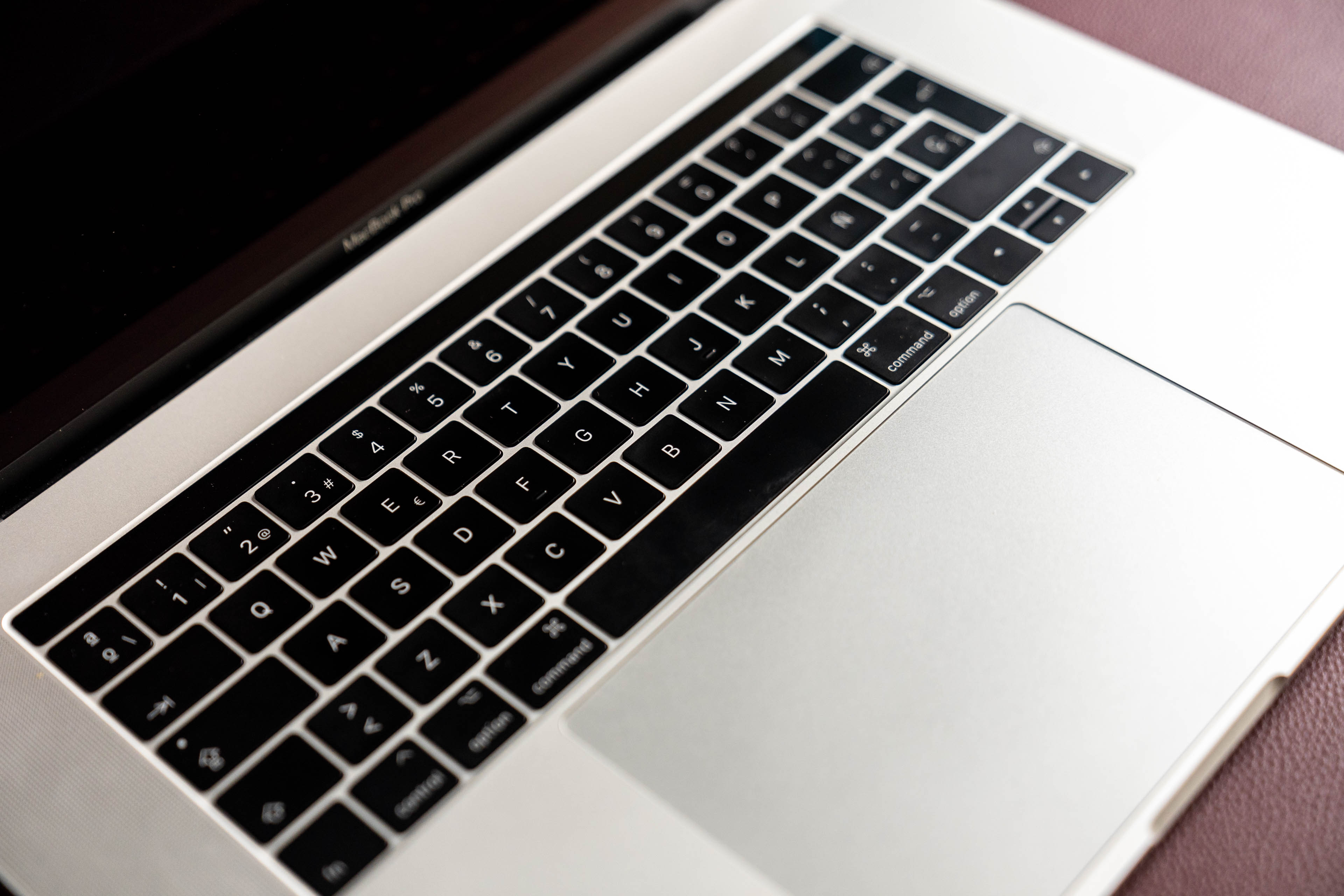Apple’s long-rumored 16-inch MacBook Pro was announced this week, and it seems to pack many of the upgrades people were desperately hoping for, and a few others that nobody saw coming.
But we need to talk about that keyboard.
Back in 2015, in their quest to make even thinner laptops, Apple designed a new keyboard with what they called “butterfly-type switches”, which allowed for impossibly shallow key travel. This new switch type effectively achieved their thinness goal and even provided better stability, but unfortunately it came with two pretty severe tradeoffs.
The first of those tradeoffs was feel. Such a shallow key travel makes for a very different typing experience, and I do mean different. I hesitate to call it worse because the truth is a lot more nuanced than that. Yes, many people hated this keyboard, but many also quickly adjusted to it, and some even preferred it to the experience of the previous one. If I had to come up with a word to accurately characterize this keyboard it wouldn’t be worse, it would be polarizing.
Which, if you’re Apple, is one the last things you want your keyboard to be.
I own a 2017 15-inch MacBook Pro and personally, I’m slightly at odds with its keyboard’s feel. Even though I don’t hate typing on it, I also don’t love it nearly as much as any other Apple keyboard I’ve ever used. But typing feel alone wouldn’t be enough for me to not own this laptop. I love this computer to death, and I appreciate having this much horsepower in such a svelte form factor. I’m certainly willing to put up with its different typing experience if that’s what it takes to get it, and I suspect I’m not alone in that.
But then when we get to the second tradeoff: reliability.
As it turns out, having only 0.5 mm of key travel makes it quite easy for debris to become lodged underneath the key switches, effectively rendering them unable to function. What that means is that, over the life of this keyboard, you will probably experience some strange behavior in one or — depending how unlucky you get — more keys. Sometimes they may become sticky and lose their feel entirely. Other times, they may simply get stuck. Sometimes you’ll be typing and you’ll get missing letters or repeated ones. And if a key gets stuck while depressed you’ll see and endless string of repeated characters.
Sounds wonderful, doesn’t it?
Of course, no laptop keyboard is truly immune to dust, but how often the problem occurs actually matters. A lot. On the record, Apple has always publicly stated that the problem only affects “a small percentage” of computers with butterfly keyboards. We have no reliable numbers to know for sure, but anecdotal evidence suggests that the issue is a lot more widespread than Apple would have us believe. So much so that they had to launch a special repair program for it.
Whatever the actual numbers may be, if that small percentage was significantly higher than in previous keyboards, that alone would be bad-enough to merit scrapping the design altogether. But don’t worry, it gets worse.
Because this keyboard is effectively unrepairable.
In their quest to make the keyboard as thin as possible, Apple designed the key caps in such a way that they’re nearly impossible to remove without breaking the little hooks that hold them in place. If you’re not extremely careful, you may even damage the butterfly switch itself. Some keys, like the space bar, simply can’t be removed without breaking.
All of this makes it extremely difficult for users to clean their own keyboards. And even worse, every time you get a stuck key, you need to have the entire computer serviced. Which sounds bad enough, but hey, if it really only affects a small percentage of units then it’s not such a big deal, is it?
I don’t know about percentages, but it’s already happened to me twice. And that’s two times too many.
There is an Apple Autorized Service Provider a 5-minute walk away from my home. Last week, I had to get my right Shift key replaced because it had become unresponsive. Once I took it in, they replaced the key in under 5 minutes. Less than half an hour after I left home, I was back inside with a fixed computer. It was impressive.
However, as great as the service was, the point is I never should have needed to take it in in the first place. Certainly not because of a goddamned sticky key.
And that’s clearly the most optimistic scenario possible. If you don’t have a service provider near you, getting your computer fixed can easily take several days, or even weeks. I know because I’ve also had to go through that on account of — you guessed it — another sticky key. That time I took it directly into an Apple Store and they replaced the entire top case, but I was left without a Mac for about 10 days. No matter how much they tried to take care of me, that’s simply unacceptable.
In just over two years of ownership, I’ve had to have this computer serviced twice. I don’t recall any other Apple product I’ve ever owned — and it’s a long list — where that’s been the case. No matter how you look at it, the butterfly keyboard seems to be one of the worst hardware mistakes Apple has ever made. Yes, even worse than Antennagate.
But I digress.
There are many headline-grabbing features about the 2019 16-inch MacBook Pro I’m sure Apple would want us to talk about, but I’m afraid we need to keep talking about the keyboard. Because with the 16-inch MacBook Pro, Apple finally ditched the butterfly switches and designed a new keyboard that goes back to the more traditional scissor-type switches.
It’s a new old keyboard, if you will. They’re even calling it the Magic Keyboard, in case you weren’t paying attention. It’s almost cute.
It also gives us another couple of features people had been calling for: a physical escape key, and inverted T arrow keys. We already had both of those before Apple took them away, of course, but pay no attention to that. The important part is, they’re back. Life’s good. Rejoyce.
With this new old design, Apple is clearly hoping people will stop talking about their laptop keyboards for good. They seem desperate for it to go back to being a boring, utilitarian feature nobody even thinks about: it’s good, it does what it’s supposed to, and that’s all there is to it. It just works. End of story.
For now.
Of course, there’s plenty to love about the new 16-inch MacBook Pro beyond its new keyboard: a bigger screen, much better speakers, greatly improved thermals and a bigger battery are all pretty compelling features, and make this by far the best MacBook Pro Apple has ever made.
And yet, all everybody keeps talking about is the keyboard.
You see, the 15-ish inch MacBook Pro has always been Apple’s flagship laptop. I’d even go so far as to say it’s their flagship Mac, period. It’s not the most powerful, but it’s the Mac they depend on to satisfy the demands of most of their professional users and as such, it’s a no-bullshit computer. This is where Apple has always put in their best efforts, and added new features only when they were absolutely sure it was worth the risk of tweaking this winning formula. Or at least that used to be the case, before the butterfly keyboard and the Touch Bar and the Thunderbolt-only ports — but don’t even get me started on those.
My point is, a new MacBook Pro being a great computer should surprise no one. That’s the bar Apple set for itself long ago and has been raising time and time again with each new generation. Another great MacBook Pro is just the normal state of the universe, and not newsworthy in the least. It’s a boring product, and that’s exactly the way Apple likes it. But a 15-inch MacBook Pro failing to meet Apple’s own lofty standards? Now that’s some news for you.
Despite Apple’s best efforts to confess nothing, the fact that we’re all still talking about the keyboard is entirely a trap of their own making.
So where does that leave us?
Well, if you’ve been holding on to that beloved 2015 MacBook Pro of yours, waiting for Apple to get their keyboard act together, it appears you’re in luck. Upgrading to the 2019 MacBook Pro should be a no-brainer, especially considering the price. With 512 GB of storage and 16 GB of RAM, the base model in particular is the best value I’ve seen in a MacBook Pro in a really long time.
However, while I’m fairly certain I won’t be keeping my 2017 MacBook Pro for much longer, I’m still trying to decide if I’m going to upgrade to the 16-inch model. It’s not just about the keyboard anymore, but also the way a Mac laptop fits into my current lifestyle. With the new productivity features in iOS 13, perhaps it’s finally time for me to give the iPad Pro a fair shot at becoming my mobile computer. For the most part, I don’t need the horsepower that the new MacBook Pro brings to the table, and I would certainly appreciate the significantly smaller and lighter form factor of the iPad when I’m away from my desk.
But that’s a story for another day.






